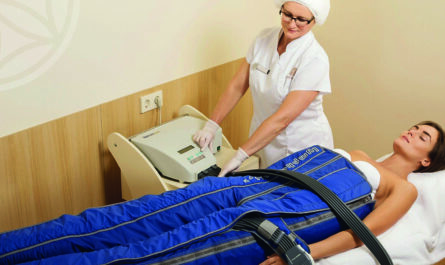Introduction to Colposcopy
Colposcopy is a medical diagnostic procedure that allows a doctor to carefully examine the surface of the cervix or vagina with an instrument called a colposcope. The colposcope provides an enlarged view of the genital area and allows detection of any abnormalities.
During a colposcopy, a colposcope magnifies the view of the cervix or vagina up to 20 times or more normal size. The colposcope directs bright light onto the genital area and uses low-power magnification to examine the cervix or vagina in detail.
Colposcopy Procedure
For a colposcopy exam, a woman needs to have an empty bladder. She lies down on an exam table with her feet placed in stirrups. The colposcopist first inspects the external genital area with the naked eye. Then, a lubricating acetic acid solution is applied to the cervix or vagina using a cotton swab or spray bottle.
The acetic acid causes any abnormal cells to turn white against the background of pink, healthy tissue. This allows the colposcopist to see lesions that may not be visible to the naked eye. The colposcopist uses the Colposcope to examine the areas that appear white after the application of acetic acid.
Some biopsy samples may also be taken from any suspicious areas using thin biopsy forceps inserted through the vagina and cervix. The samples are sent for laboratory tests to check for signs of infection, cancerous or precancerous cells. The entire colposcopy exam usually lasts from 5-30 minutes depending on any biopsy procedures. Most women feel little or no pain during the exam.
Benefits of Colposcopy
Colposcopy allows doctors to closely examine the cervix or vagina for abnormalities that may not be visible to the unaided eye. It helps to identify precancerous lesions or detect early cervical cancer. Some key benefits of colposcopy include:
– Detect pre-cancerous changes: Colposcopy allows detection of pre-cancerous changes like cervical intraepithelial neoplasia (CIN) so they can be monitored or treated before developing into cancer.
– Identify sources of abnormal bleeding: It helps determine the cause of vaginal bleeding after menopause or other abnormal bleeding that requires further investigation.
– Direct biopsy sample collection: The colposcope helps doctors precisely collect tissue samples from suspicious lesions for biopsy to check for cancer or infection under magnification.
– Monitor conditions: Colposcopy can be used to monitor conditions like CIN, HPV, abnormal Pap smears or vaginal infections with accuracy under magnification over time.
– Reduce unnecessary procedures: It helps detect visible abnormalities accurately instead of subjecting women to frequent unnecessary intrusive procedures like surgery.
Risks and Limitations of Colposcopy
While colposcopy is a low-risk procedure, there are some potential risks and limitations:
– Discomfort during visualization: Some women may feel discomfort from the acetic acid or sensation of the cervix being held during examination.
– Risk of infection: As with any intrusive vaginal exam, there is a small risk of infection which is minimized with sterile instruments and techniques.
– Need for multiple visits: Abnormal cells may not be visible in the first visit and multiple colposcopies over several months may be needed to monitor changes.
– Biopsy related risks: Biopsy procedures carry risks of excessive bleeding or infection though rare.
– Failure to detect some lesions: In very small percentage of exams, colposcopy may fail to detect flat lesions or pre-cancer that is hidden.
– Not a definitive cancer test: While it raises suspicion, histology of biopsy is needed for cancer diagnosis. Colposcopy alone cannot diagnose or exclude cancer.
When is a Colposcopy Recommended?
Doctors generally recommend having a colposcopy under the following circumstances:
– Abnormal cervical screening (Pap) test results: Colposcope is recommended after an abnormal Pap showing possible pre-cancerous cells or conditions like CIN.
– Follow-up exam for HPV infection: It may be conducted as a follow-up exam if HPV infection is detected on a Pap smear or HPV test.
– Vaginal complaints: Colposcopy can help evaluate complaints of abnormal vaginal bleeding, persistent vaginal discharge or pelvic pain.
– Monitor pre-cancerous conditions: It allows close monitoring of the cervix in women already known to have conditions like CIN that carry a risk of progressing to cancer.
– Evaluate the cause of post-menopausal bleeding: Colposcopy helps determine the source and characteristics of any lesions seen during evaluation of abnormal bleeding after menopause.
*Note:
1. Source: Coherent Market Insights, Public sources, Desk research
2. We have leveraged AI tools to mine information and compile it




